The Pomeranian, a breed known for its fluffy coat and spirited personality, comes in a variety of stunning colors that enhance its allure. These vibrant hues range from deep, rich shades to light, delicate tones, each adding a unique layer to the breed’s aesthetic appeal. The breed standard recognizes several colors, but some are particularly captivating and popular among enthusiasts. This article will explore seven of these eye-catching variations, delving into how each color impacts the visual appeal and potentially the behavior of these delightful dogs. Pomeranians are more than just their color; their bold and curious nature makes them excellent companions regardless of the hue. However, the color of a Pomeranian can sometimes influence grooming needs and visibility in different environments, important considerations for potential owners.
1. Orange
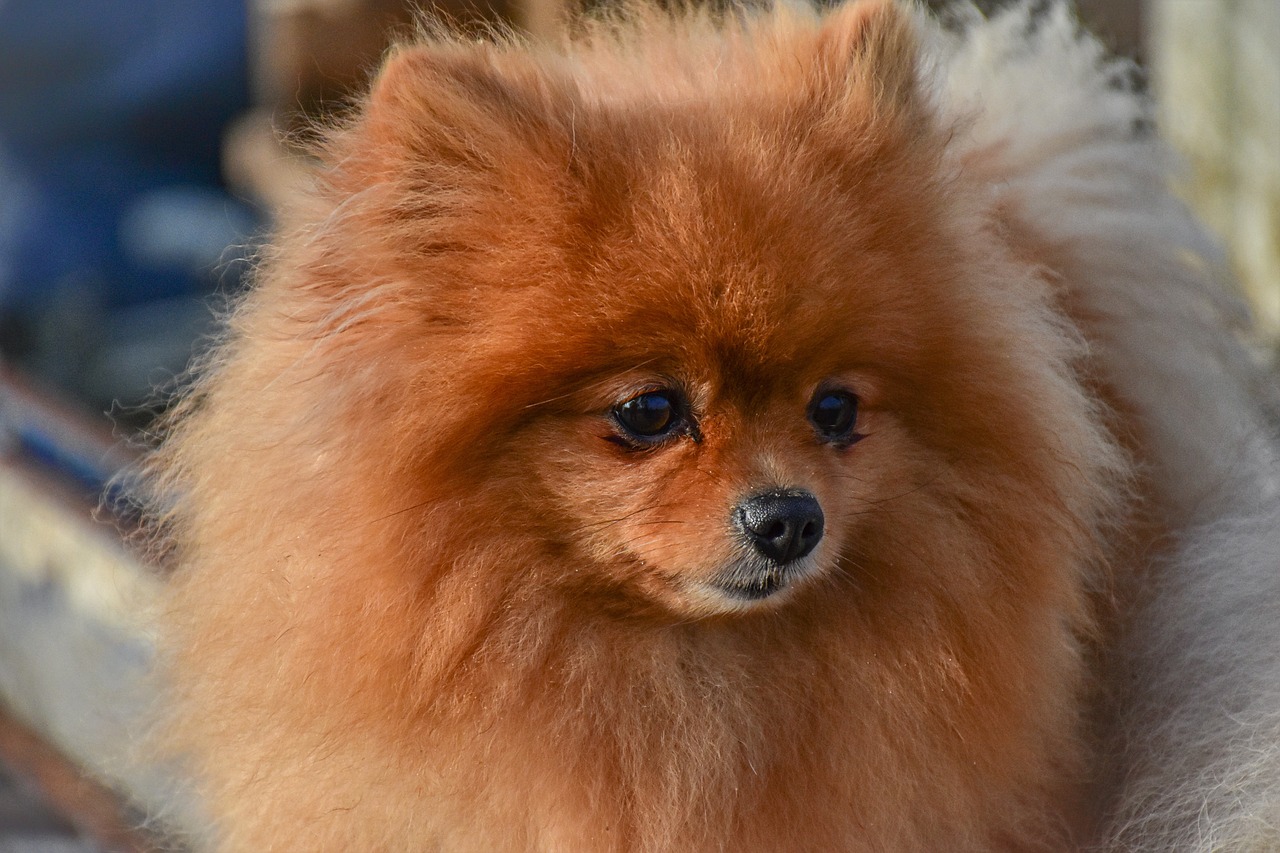
The quintessential color of the Pomeranian is orange. This vibrant and bright shade is what most people envision when they think of the breed. Orange Pomeranians exhibit a glorious spectrum of shades from a light, creamy orange to a deep, rich rust. The color’s intensity can vary, but it always remains unmistakably vivid. Owners of orange Pomeranians might notice that their pets tend to stand out in a crowd, not only because of the color but also due to their lively personalities that seem to match the brightness of their coats. When it comes to grooming, the orange Pomeranian requires regular brushing to maintain the luster and health of its thick, luxurious coat.
2. Black
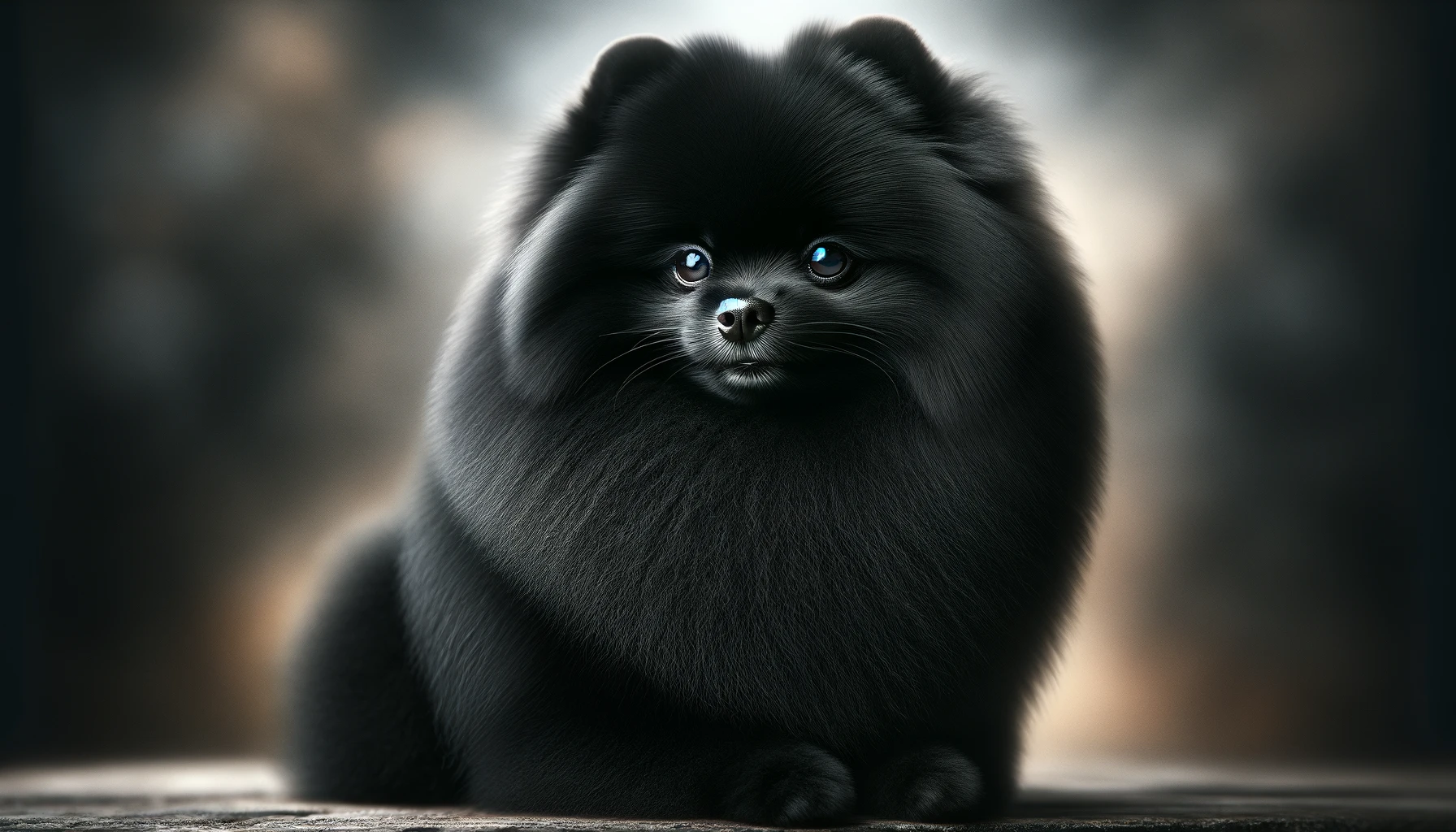
A Pomeranian with a black coat possesses an elegant, sleek appearance that contrasts sharply with the more common lighter shades. Black Pomeranians are striking, with their dark fur highlighting their expressive, often mischievous eyes. Unlike lighter-colored Pomeranians, black ones may not show dirt as readily, but they require just as much grooming to prevent their fur from becoming dull. The rich black coat can sometimes appear even more pronounced during the winter months when these little dogs fluff up to stay warm.
3. White

Pure as freshly fallen snow, the white Pomeranian is a marvel to behold. This color variant is highly sought after for its pristine appearance and the dramatic contrast it offers to the dog’s dark eyes and nose. Owners of white Pomeranians should be prepared for regular grooming sessions to keep the coat sparkling and free from stains, which are particularly noticeable on such a light-colored animal. White Pomeranians can be particularly eye-catching in sunlight, where their coats gleam brilliantly.
4. Cream
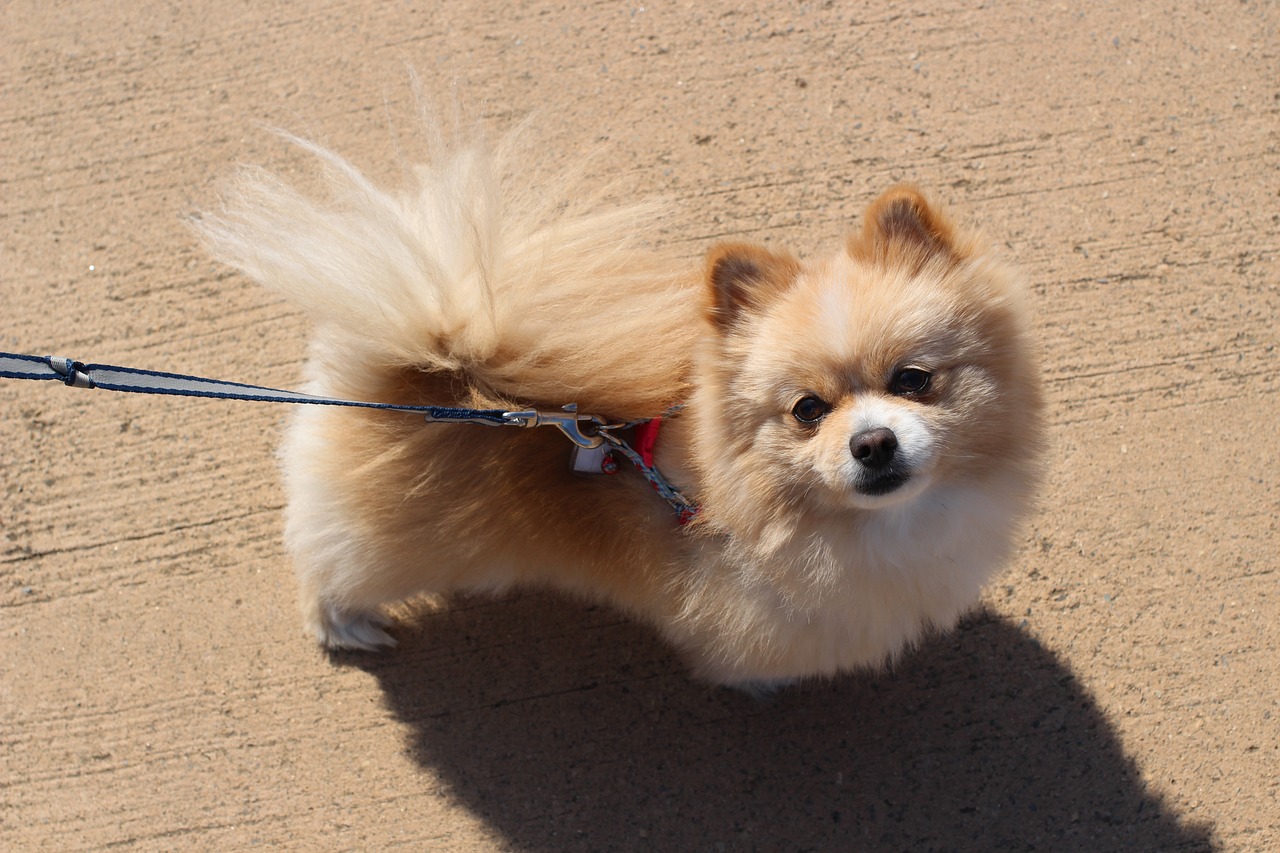
Cream Pomeranians are another delightfully light variant of the breed, offering a softer look compared to the stark white. Cream in Pomeranians can range from a very light, almost white, to a deeper warm cream with hints of yellow or gold. This color gives the Pomeranian a gentle and soft appearance, which is often mirrored by the dog’s behavior. Cream Pomeranians might require less stain maintenance than their white counterparts but maintaining the clarity of their coat color can be just as challenging.
5. Blue
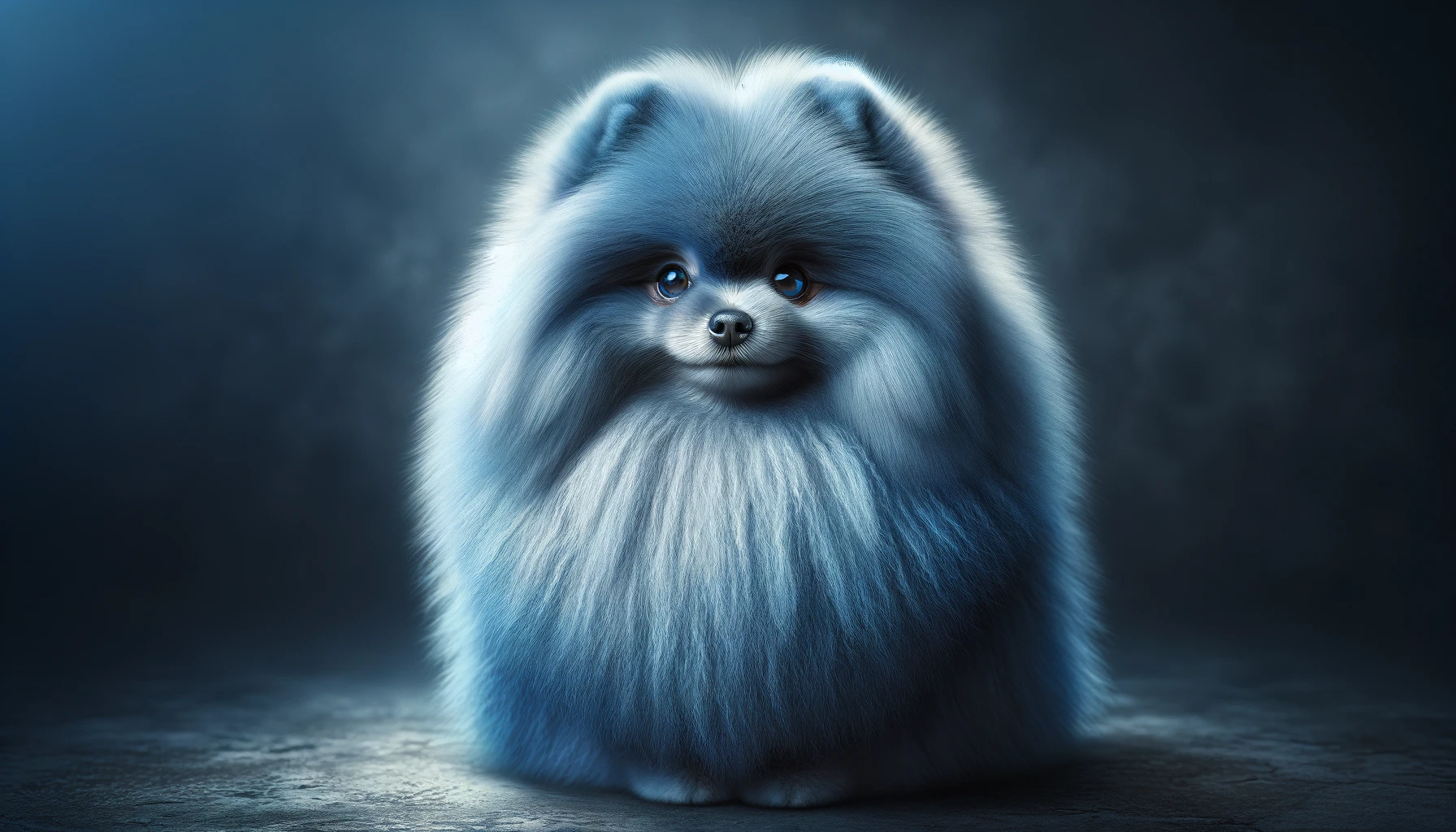
Blue Pomeranians are a rarer coloration where the fur appears silvery-blue, a result of a dilution gene affecting the black pigments in the coat. This unique shade can make a Pomeranian look almost ethereal, especially in certain lighting conditions. Blue Pomeranians often captivate onlookers with their unusual coloring, but they can be prone to skin issues, so extra care may be needed to maintain their coat’s health and sheen.
6. Sable

Sable Pomeranians feature a combination of dark-tipped hairs over a lighter base, which can range from gold to orange or cream. This coloration provides a striking depth to the coat, with the darker tips accentuating the fluffy texture characteristic of the breed. Sable Pomeranians are often noted for their dynamic appearances, as their coats change and shift with growth and light.
7. Merle

Merle Pomeranians are perhaps the most visually stunning, with mottled patches of color and often blue or odd-colored eyes. The Merle gene creates a pattern of darker spots and patches on a lighter base, which can include any of the aforementioned colors. Due to the genetic variability, no two merle Pomeranians are exactly alike, making each one incredibly unique. However, prospective owners should be aware that the merle gene can also carry with it potential health risks, including auditory and ophthalmic issues.
In summary, the Pomeranian breed offers a captivating array of coat colors, each with its unique charm and set of considerations. Whether you prefer the boldness of black, the purity of white, or the intrigue of merle, these dogs are sure to enchant with their beauty and vivacious personalities. When choosing a Pomeranian, consider not only the aesthetic appeal of the coat color but also the care requirements associated with each to ensure that your furry friend remains healthy and happy throughout its life.
Frequently Asked Questions About Pomeranian Colors
1. What is the most common color for a Pomeranian?
The most common color for a Pomeranian is orange. This bright, vivid shade ranges from a light, creamy hue to a deep, rich rust color that is both eye-catching and synonymous with the breed. Orange Pomeranians are known for their fluffy coats which, when well-maintained, can appear almost luminous. The popularity of the orange Pomeranian may be attributed to its striking appearance that stands out in the canine world, as well as the way it reflects the breed’s lively and energetic personality. Regular grooming and proper care are essential to keep the orange coat in top condition, helping to ensure that it remains vibrant and free of mats.
2. Can Pomeranians be black?
Yes, Pomeranians can indeed be black. Black Pomeranians have a sleek, striking appearance with their glossy, dark fur that provides a beautiful contrast to their bright, expressive eyes. This color variant is less common than the traditional orange but is highly sought after for its elegant look. Black fur can sometimes make a Pomeranian appear more imposing than its actual size suggests, adding to their appeal. Owners of black Pomeranians might find grooming slightly easier in terms of keeping the coat looking clean, as dirt is less visible on darker fur. However, regular brushing is still necessary to maintain shine and prevent tangling.
3. Are white Pomeranians rare?
White Pomeranians are considered somewhat rare and are highly prized for their stunning, pristine appearance. The pure white coat is free of any markings and offers a stark contrast to the Pom’s dark eyes and nose, making them exceptionally eye-catching. Grooming a white Pomeranian can be quite challenging as their coats can easily show dirt and stains. Special attention to diet, grooming, and the use of tear stain removers can be necessary to maintain the dazzling white appearance. Their rarity and striking looks often make white Pomeranians among the more expensive color variants.
4. What is a blue Pomeranian?
A blue Pomeranian refers to a coat color that is a dilute black, giving the fur a unique silvery-blue hue. This color is the result of a genetic dilution where the black pigments are lightened to appear blue. Blue Pomeranians are quite rare and can be one of the more intriguing colors due to their unusual appearance. They often have a mystical aura due to their soft, muted color which can vary in intensity depending on the light. Like other Pomeranians, blues require regular grooming, but owners should also be mindful of skin conditions, as the gene that causes the dilution can sometimes be linked to skin issues.
5. What does the term “sable” mean about Pomeranian colors?
In Pomeranians, “sable” refers to a coat color featuring black-tipped hairs on a background of another lighter color, such as gold, orange, or cream. This gives the fur a distinct, textured appearance, with a darker overlay that adds depth to the underlying color. Sable Pomeranians are particularly striking because the black tips can create a dynamic visual texture that seems to shift and change as the dog moves. The sable color pattern is unique in that each hair is multi-colored, requiring regular grooming to maintain the clarity and contrast of the coat.
6. How common are cream-colored Pomeranians?
Cream-colored Pomeranians are fairly common. They sport a soft, pale yellow or off-white coat that can range from nearly white to a deeper, more noticeable cream. This subtle, elegant color is popular among those who prefer a less flashy Pomeranian that still retains all the charm and fluffiness of the breed. Cream Pomeranians require the same amount of grooming as other Pomeranians, with particular attention to keeping their lighter coats clean and vibrant. Because the cream color can be close to white, these dogs may also need regular baths to maintain a fresh, clean appearance.
7. What is a merle Pomeranian?
A Merle Pomeranian has a coat pattern characterized by patches of diluted pigment interspersed with patches of full pigment. This genetic trait creates a mottled or marbled effect, often with blue or odd-colored eyes. Merle Pomeranians are strikingly beautiful but also genetically complex. The merle gene can affect all coat colors and can introduce a variety of health issues, particularly if two merle Pomeranians are bred together. Prospective owners should ensure they purchase Merle Pomeranians from reputable breeders who perform health checks to mitigate risks associated with the gene.
8. Can Pomeranians be multi-colored?
Yes, Pomeranians can indeed be multi-colored. This typically refers to dogs that exhibit two or more distinct colors in their coats, such as black and tan, blue and tan, or even more intricate patterns like brindle or parti. Multi-colored Pomeranians are popular due to their unique and eye-catching appearance. Each multi-colored Pomeranian can look significantly different from another, depending on how the colors are distributed across their coat, making each dog distinctly unique. Regular grooming is essential for these dogs to maintain the distinct separation and vibrancy of colors.
9. What does “parti-color” mean in Pomeranians?
“Parti-color” in Pomeranians refers to a coat that includes two or more well-defined colors, where white is often one of the primary colors. This could be a combination of white and black, white and orange, or other color pairings where white significantly features. Parti-colored Pomeranians are especially popular in the United States and are celebrated for their distinctive, patchwork appearance. Such coats require diligent grooming to keep each color bright and clear, and like all Pomeranians, these dogs benefit from regular professional grooming sessions.
10. Are there any health concerns associated with certain Pomeranian colors?
Certain Pomeranian colors can be linked to specific health concerns, primarily due to the genetics involved in their coloration. For example, blue and merle Pomeranians are often susceptible to skin conditions due to the genetic dilution that affects their coat color. Additionally, Merle Pomeranians can have increased risks of auditory and ophthalmic issues. It is important for potential owners to be aware of these issues and to seek Pomeranians from reputable breeders who test for genetic health problems. Regular vet check-ups and appropriate care can help manage these color-related health concerns.

 1 week ago
12
1 week ago
12

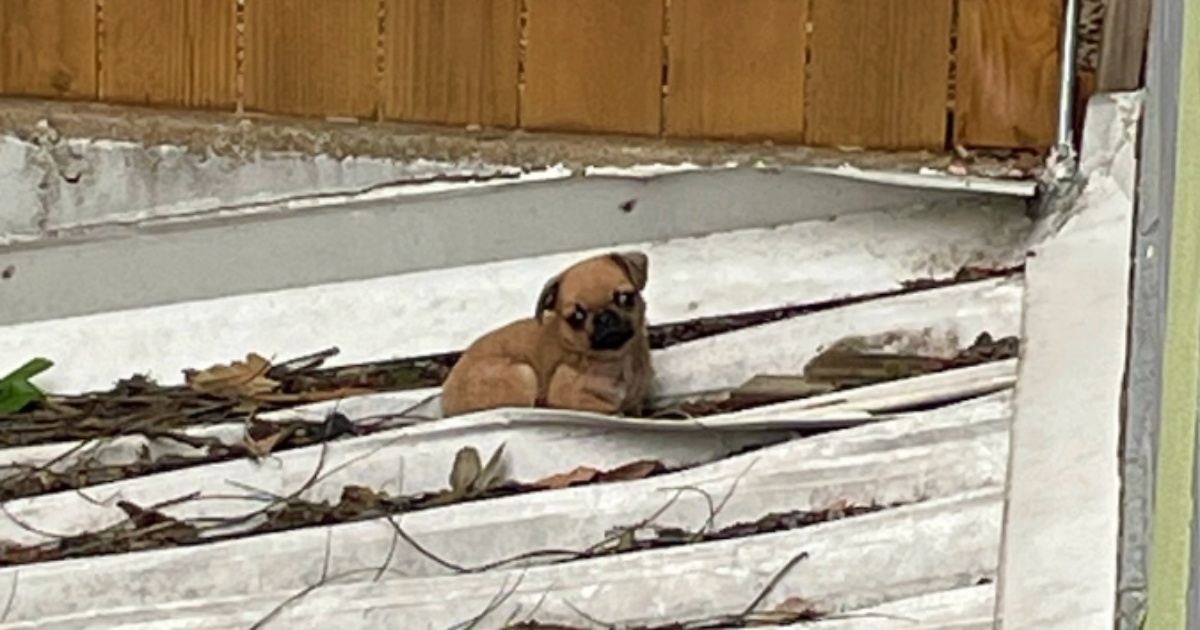
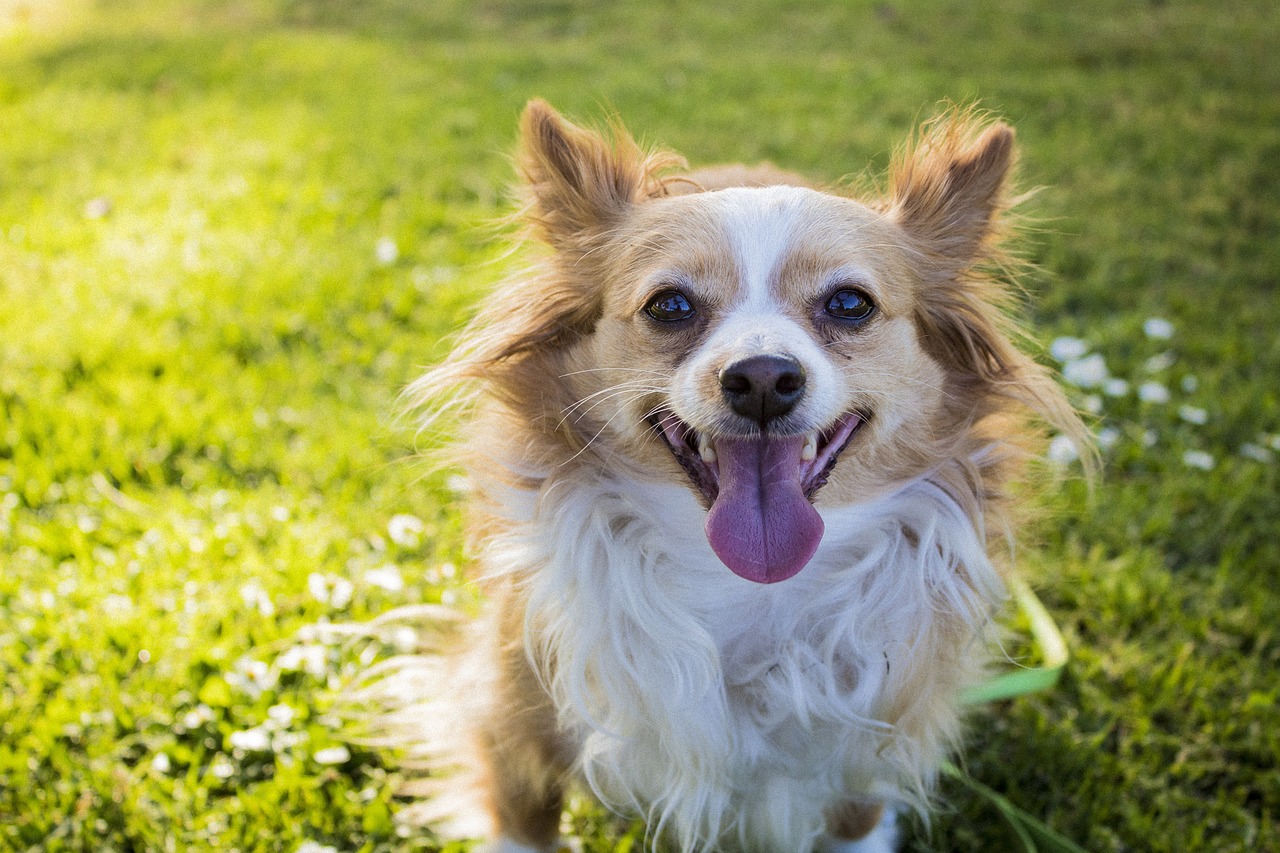
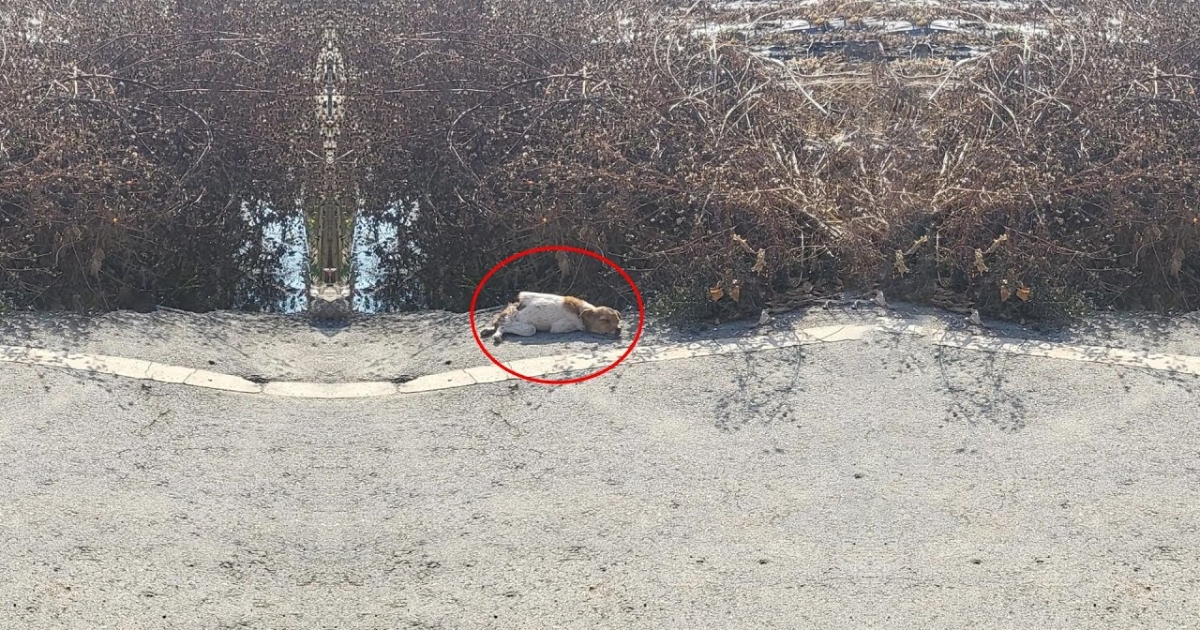
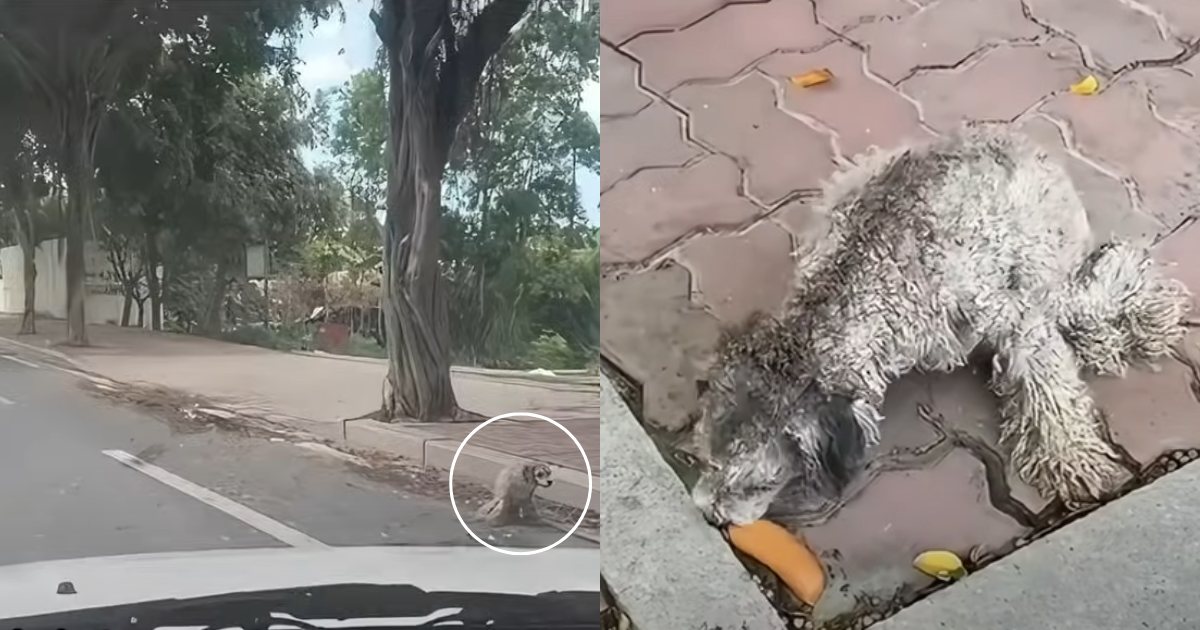

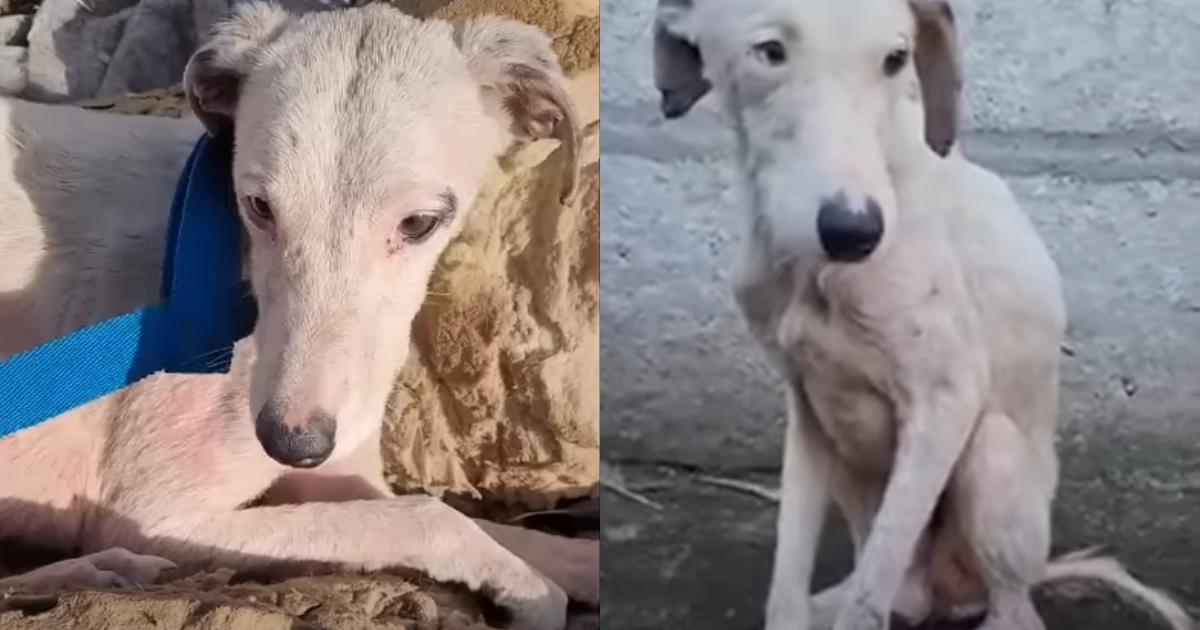
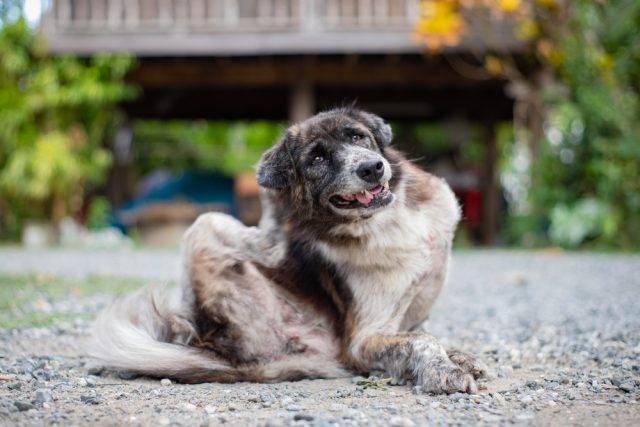
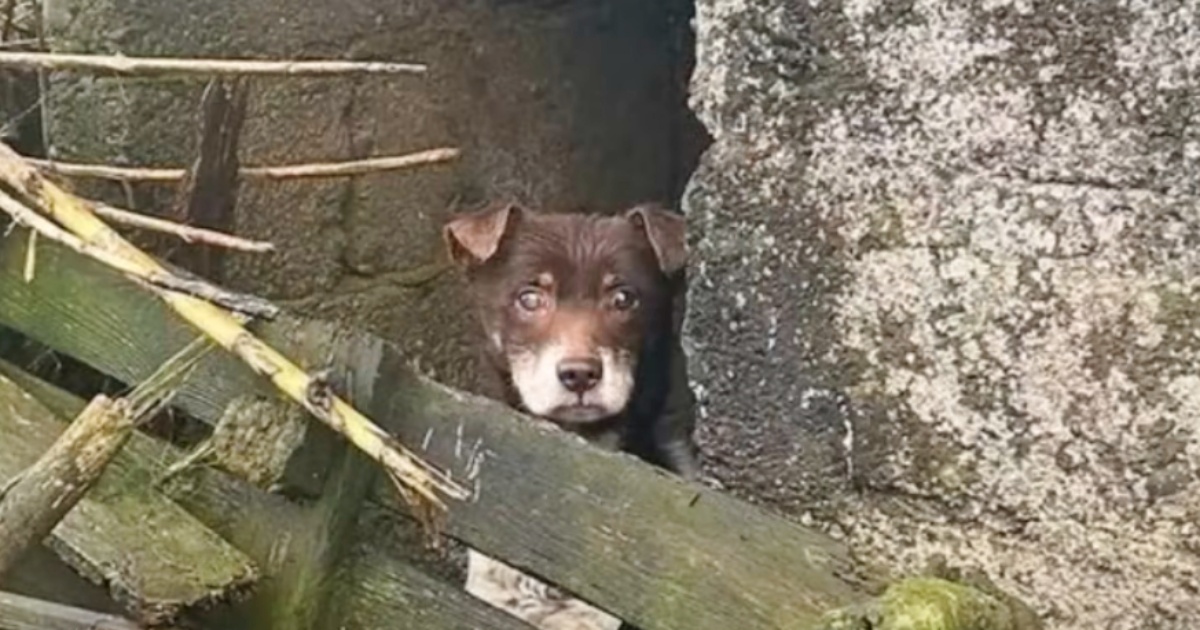



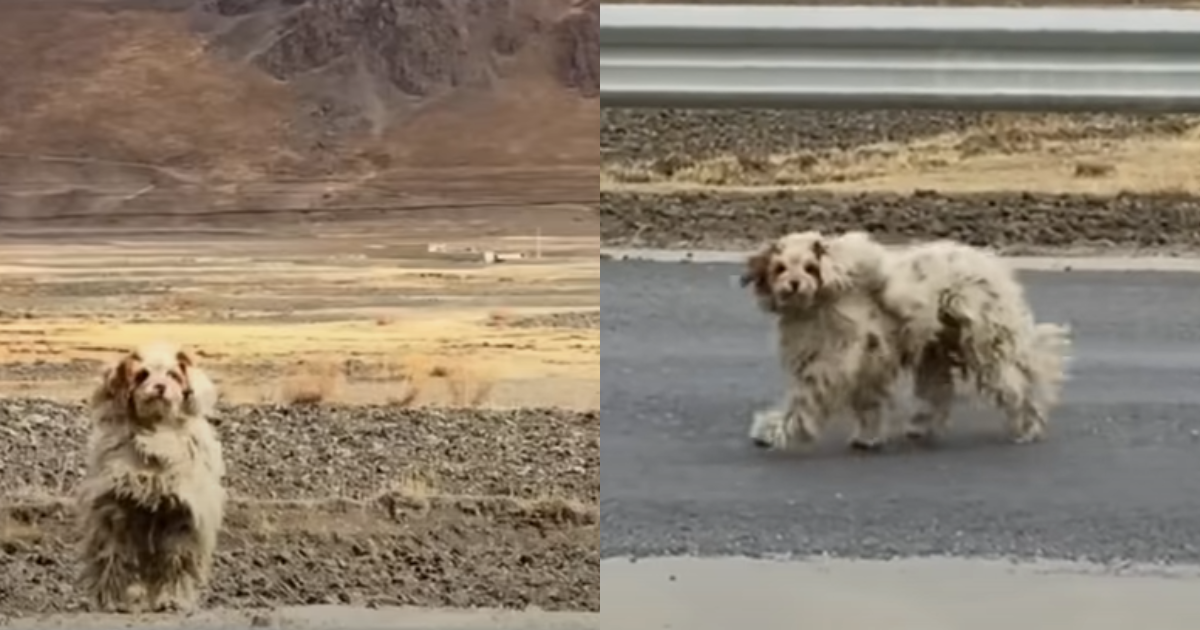

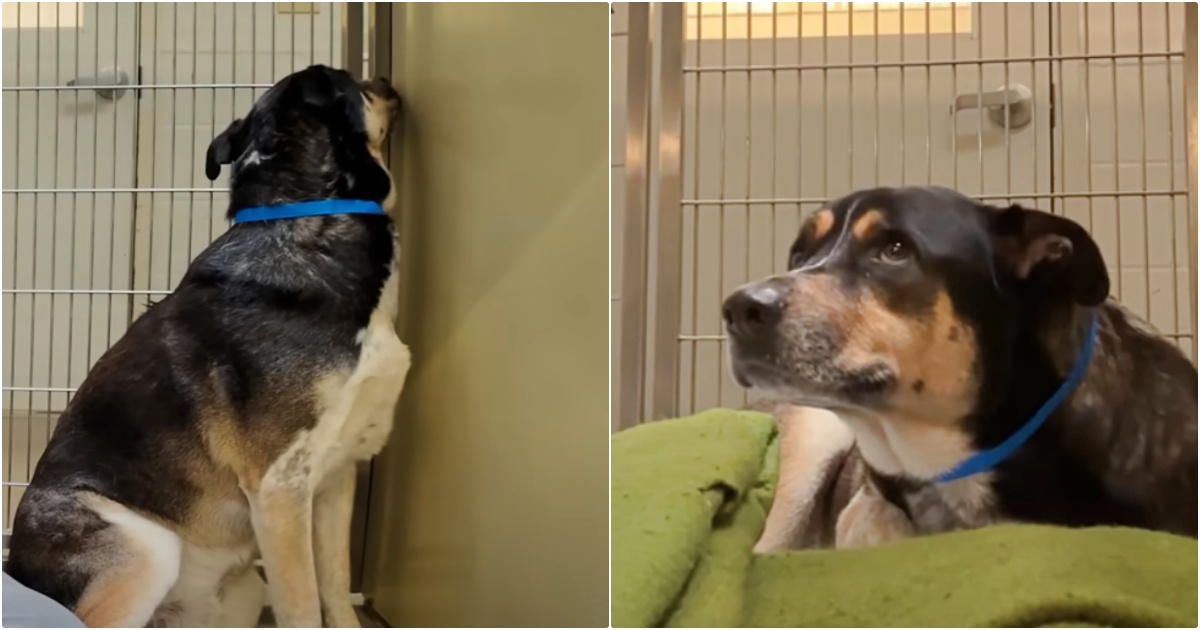
![Cost of a Borzoi Puppy by US Region [2024]](https://iheartdogs.com/wp-content/uploads/2024/04/borzoi-4950553_1280.jpg)
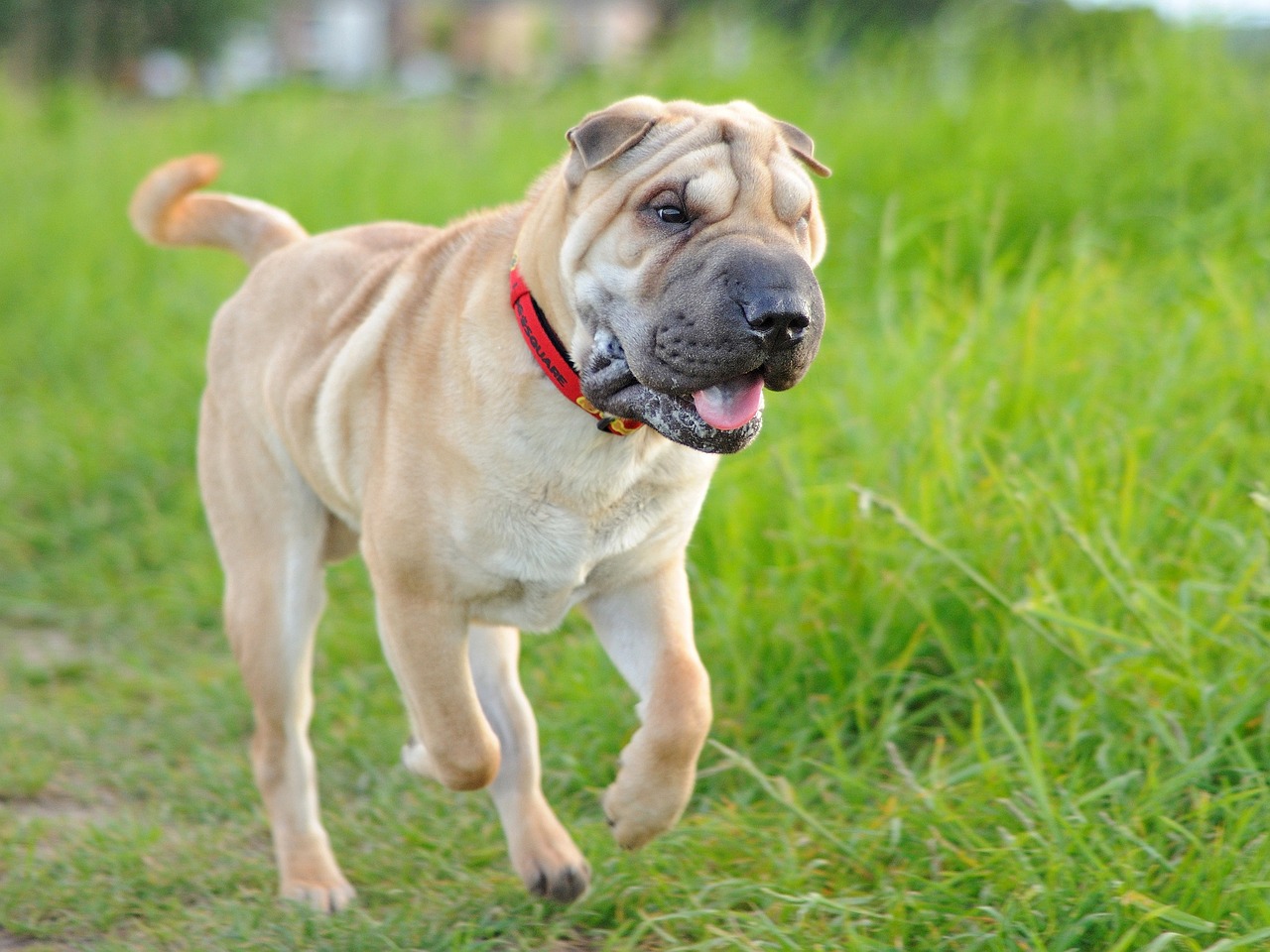
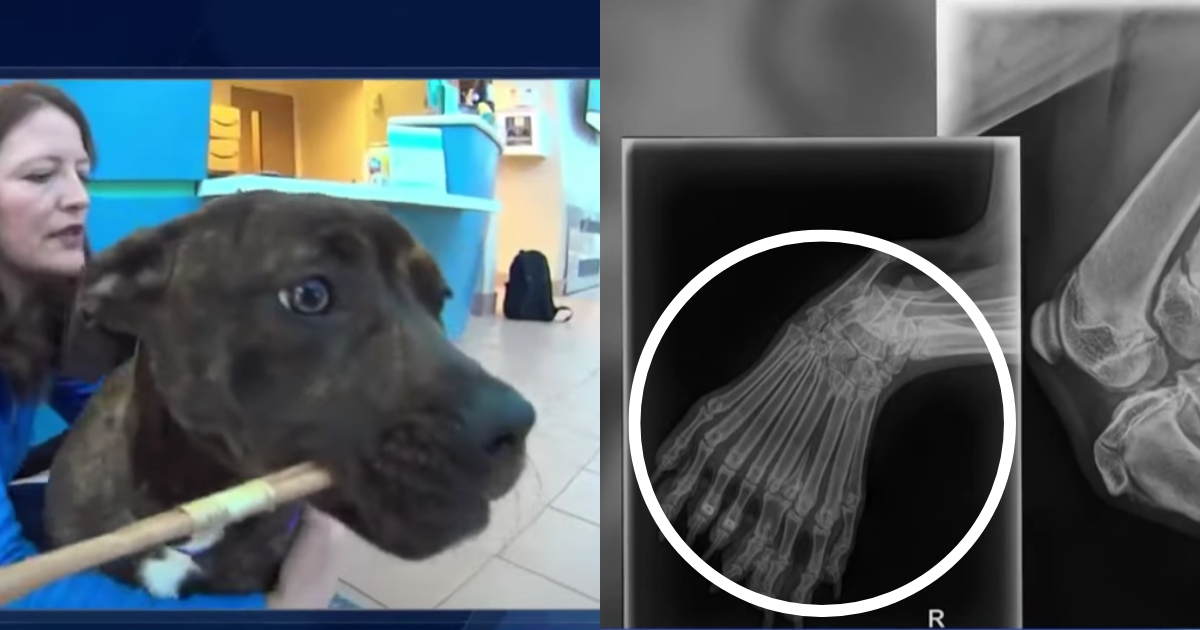
 English (US) ·
English (US) ·